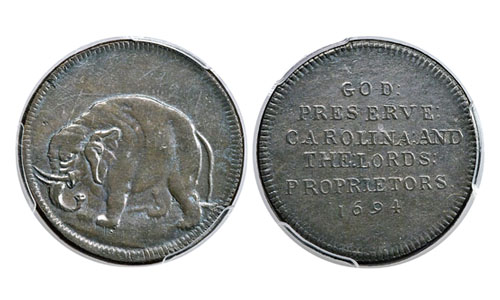1. In 1940 only two U.S. cities with populations over 100,000 prohibited Sunday movies. One was Knoxville, Tenn. What was the other?
2. What university was long known as “Eecy-teecy”?
3. In the ’50s and ’60s, drivers on N.C. highways feared “Whammy” — what was it?
4. In 2003 a high school basketball game drew more than 15,000 fans to the Greensboro Coliseum. Who was the attraction?
5. In a bow to the late Charlotte journalist and social satirist, what contemporary writer devised “the (Harry) Golden Rule”?
Answers below….
1. Charlotte. “‘Life is one continuous blue law,” writer W. J. Cash complained about the city. In 1941, however, fearing loss of the Charlotte Army Air Base and its 2,000 soldiers, City Council hastily legalized Sunday movies — and baseball.
2. East Carolina University, which was East Carolina Teachers College until 1951.
3. The state’s first mechanical device to nab speeders. Two air-filled rubber hoses laid across the road turned a timer on and off, giving the officer a mph reading. Although used elsewhere, apparently the device was known as Whammy only in North Carolina. The name likely came from Evil Eye Fleegle, a character in the “Li’l Abner” comic strip.
4. LeBron James, touring with his Akron, Ohio, team a few months before declaring for the NBA.
5. Calvin Trillin. To wit: “In modern America, anyone who attempts to write satirically about the events of the day finds it difficult to concoct a situation so bizarre that it may not actually come to pass while his article is still on the presses.”

